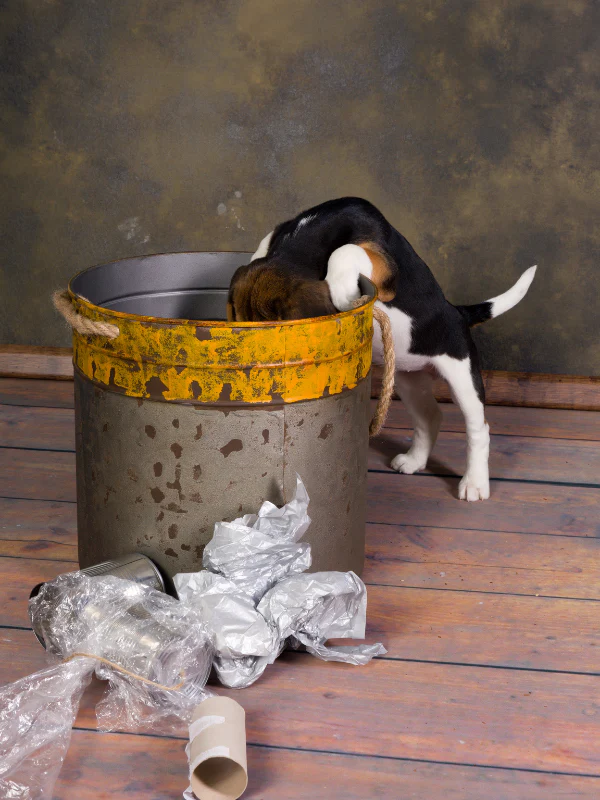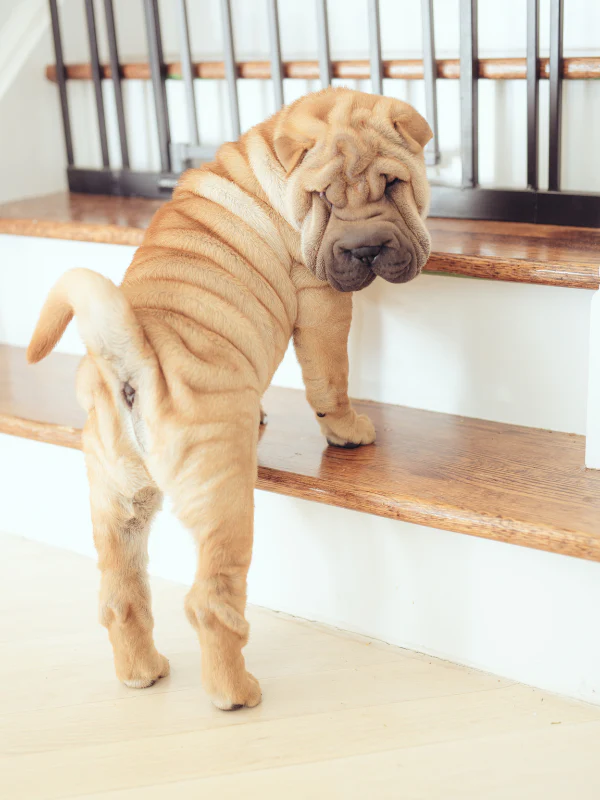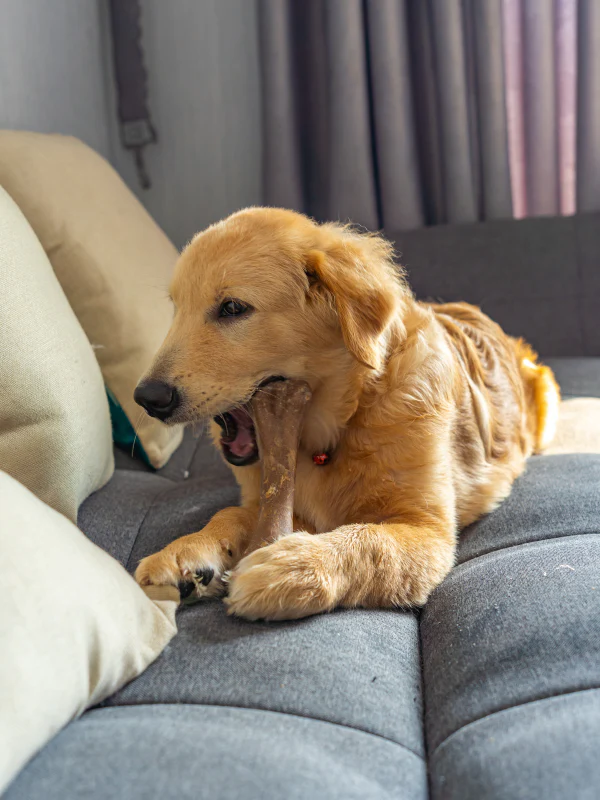
As a first-time pet parent, making sure your puppy is safe is your top concern. Puppy-proofing your home is crucial to setting up a secure and cozy space for your furry companion. In this comprehensive guide, we’ll offer practical advice and strategies for puppy-proofing your home, room by room, along with essential items to make your home a safe haven for your pup. We’ll also discuss training methods and regular upkeep to keep your little buddy protected and content.
Fundamental Puppy-Proofing Guidelines
Predicting typical puppy behaviors is the first step in preparing your home. Puppies are naturally curious and full of energy, so it’s important to adopt their playful mindset. Remember that your puppy will chew, dig, and investigate everything in its new environment, so it’s vital to provide a safe and secure living space.
Room-by-Room Puppy-Proofing Strategies
Living Room:
- Guarding your furniture: Using chew-resistant covers or bitter-tasting sprays on your furniture can deter your puppy from gnawing on it.
- Handling electrical cords and outlets: Keep electrical cords and outlets out of reach or cover them with chew-resistant sleeves.
Kitchen:
- Securing cabinets and trash bins: Install baby locks on your cabinets and opt for a lidded trash can to stop your puppy from getting into hazardous items.
- Storing harmful foods and chemicals safely: Place food and cleaning products in high cabinets or where your puppy can’t access them.
Bedroom:
- Storing personal items securely: Keep your personal belongings, like shoes, jewelry, and clothes, out of reach.
- Selecting pet-friendly bedding: Choose bedding that is both chew-resistant and comfortable for your furry pal.
Bathroom:
- Maintaining proper hygiene: Keep your toilet lid closed, store cleaning supplies in locked cabinets, and dispose of waste properly.
- Securing medications and cleaning supplies: Store medications and cleaning agents in secure cabinets beyond your puppy's reach.
Outdoor Areas:
- Setting up fencing and barriers: Install a fence around your yard or use a leash to prevent your puppy from escaping or entering unsafe zones.
- Spotting potential hazards in the yard: Eliminate toxic plants, sharp objects, or debris that could harm your puppy.
Necessary Puppy-Proofing Essentials

Investing in essential puppy-proofing tools can transform your home into a safe retreat for your puppy. Baby gates and playpens give your puppy a secure place to play and relax. Chew-resistant cords and covers can shield your furniture and electronics. Bitter-tasting sprays can discourage your puppy from biting furniture. Crate training and safe confinement can also offer a secure spot for your puppy when you’re not at home.
Building a Safe Space for Your Puppy
Dedicating a specific area for your puppy can provide a sense of security and comfort. Offering a cozy bed, toys, and interactive activities can keep your puppy entertained and satisfied. A designated space can also help set boundaries and routines for your puppy.
Training Tips to Promote Safety
Teaching your puppy basic commands, such as “stay,†“come,†and “leave it,†can enhance safety and set limits. Establishing routines and boundaries can also help avoid accidents and unwanted actions. Positive reinforcement and redirection techniques can encourage good habits while discouraging bad ones.
Â
VII. Continuous Puppy-Proofing Maintenance

Puppy-proofing your home is an ongoing task. As your puppy matures, its behavior and needs will evolve. It’s essential to regularly reassess your home’s safety measures to ensure your furry friend stays safe and secure. You might need to update or adjust your puppy-proofing items, such as removing baby gates or replacing chew-resistant covers.
VIII. Conclusion
Puppy-proofing your home is a critical step in creating a loving and secure environment for your new furry family member. Anticipating common puppy behaviors, room-by-room safety tips, essential puppy-proofing items, building a safe haven, training methods, and regular maintenance are all important in keeping your puppy safe and happy. Remember, consistent improvement is key to ensuring your furry companion’s well-being. By following the advice in this complete guide, you can create a puppy-proofed home that your furry friend will adore.
FAQs:
Q: Do I still need to puppy-proof my home if I already have an older dog?
 A: Yes, it’s important to puppy-proof your home, even if you already have an adult dog. Puppies behave differently from adult dogs and require different safety precautions.
Â
Q: What are some common household items that pose risks to puppies?
A: Common household dangers for puppies include cleaning products, medications, electrical wires, and foods like chocolate, grapes, and onions.
Â
Q: How can I train my puppy to stop chewing on furniture?
A: Bitter-tasting sprays can help prevent your puppy from chewing on furniture. Providing chew toys and teaching your puppy to redirect its chewing behavior can also be effective.
Â
Q: Do I need to use a crate to puppy-proof my home?
A: No, you don’t necessarily need a crate to puppy-proof your home, but crate training can provide a safe and secure area for your puppy when you’re not around.
Â
Q: How frequently should I review my home’s safety measures?
A: It’s wise to periodically check your home’s safety measures as your puppy grows and changes. It’s recommended to review your safety measures every six months to a year.
This high-tech ingredient, based on the principle of bionics, is synthesised from a sugar called xylose that activates mucopolysaccharides (GAGs). There is a large amount of mucopolysaccharides present between the extracellular matrix (ECM) of our skin, most of which are glycopolymers (GAGs) made up of glucuronic acid and amyloxyglycans, and these mucopolysaccharides, which play a very important role for the skin, as they absorb moisture and play a role in preventing the skin's moisture from dissipating. Also due to the fact that mucopolysaccharides absorb a lot of water, they are able to form a structure that can be imagined as a colloid made up of water. At the same time, the water-absorbing capacity of the molecular structure of these proteins, mucopolysaccharides GAGs, makes the matrix mesh structure more elastic, thus helping to improve cellular firmness and skin elasticity. These are important factors that affect the elasticity and texture of the skin.
Pro-xylane,439685-79-7,C8H16O5
Mianyang Shengshi Health Technology Co.,Ltd , https://www.shengshiaminoacid.com